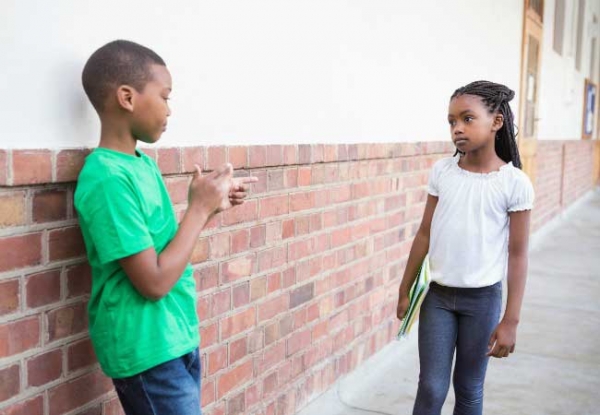Continued...

- Teach conflict resolution and problem-solving skills. This requires a lot of time and patience while the child is young but has a big pay-off when they are older. Teach this by talking your child through a conflict, assisting with ideas when needed, and help her bring about a peaceful solution. For example, if two siblings are fighting over a toy, you might say, “It looks like there’s a problem with this toy. You both want it. Can we come up with a solution? Jane, you first. Can you think of way to solve this problem?” Coach Jane as needed to come up with ideas like taking turns, finding a new toy to play with, or playing with it together. “Okay, so you have decided you want to take turns. Amy, Jane would like to take turns. Does this work for you? Okay, how about you hand over the toy to Amy as soon as you are finished? Thank you! Good problem-solving!” Then you’ll just watch to make sure she follows through. Here’s a great article on helping your child with turn taking. This will take many repetitions, but eventually they’ll start doing it on their own, and when they do, it’s bliss! How does this help when faced with a bully? It gives them confidence to handle themselves when an adult isn’t immediately present.
Teach Your Child to Be Assertive
Bullies prey on victims who are isolated or who they can intimidate. Being assertive means your child can voice how she is feeling and stand up for her rights without being aggressive or passive. Assertive people can calmly state their feelings and needs in a respectful way. Here are some tips:
- Talk about boundaries. Teach your child about physical and emotional boundaries. Let them know that it is their right to say “no,” to leave a friendship that feels bad, and to tell an adult when someone isn’t respecting their boundaries.
- Let your child make decisions. This is an easy way to build the assertive muscles. “I’d rather wear the red shirt today” is good practice for “I’d prefer not to attend that party tonight.”
- Role play various situations so that your child becomes comfortable with assertive responses. Teach him to say “Stop it. That’s not okay.” Play out scenarios where your child will need to tell an adult and what to do when no adults are around, and discuss that it is NOT tattling if someone is being hurt!

Rebecca Eanes is the bestselling author of multiple books including Positive Parenting: An Essential Guide, The Positive Parenting Workbook, and The Gift of a Happy Mother. She is the grateful mom of two boys.
